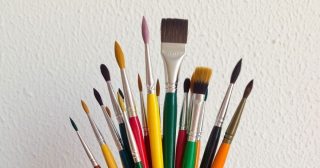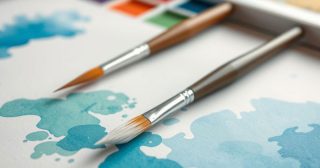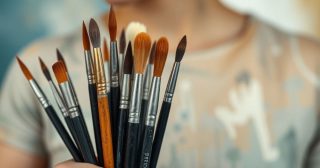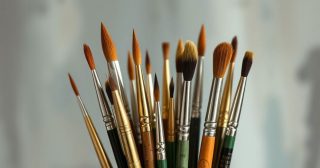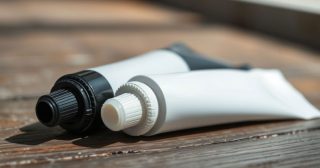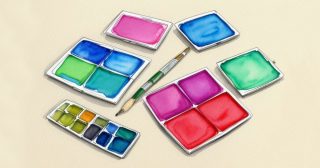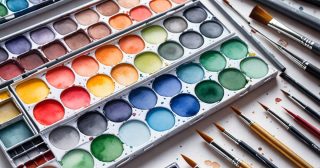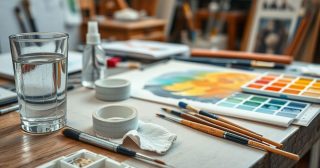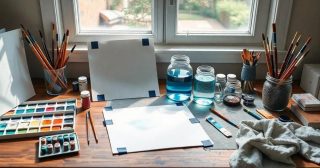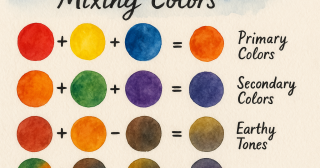Watercolor Supplies Beginners Guide
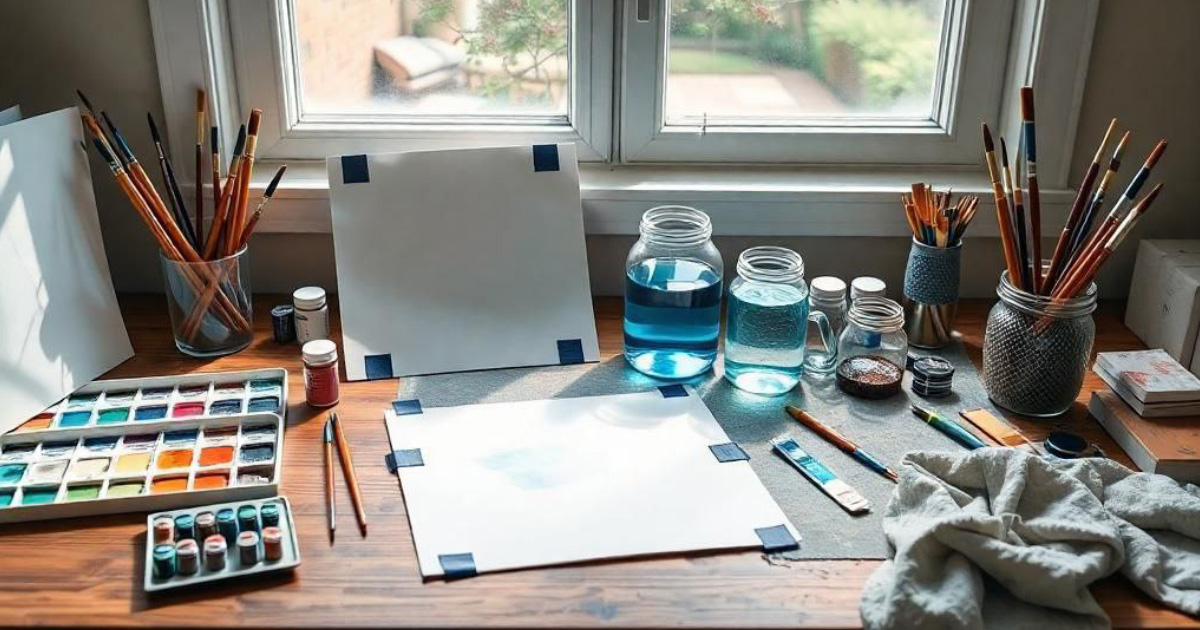
Starting watercolor painting is exciting—but with so many supplies out there, it’s easy to feel overwhelmed!
Don't worry. You don’t need a huge list of fancy tools to begin.
In this guide, I’ll tell you exactly what you truly need (and what you can skip for now) to get started with watercolor drawing.
🖌️ 1. Watercolor Paints
You need good, basic watercolor paints.
There are two main types:
Pans – Small dry cakes of paint you activate with water (great for beginners).
Tubes – Wet, creamy paint squeezed out like toothpaste (good for mixing lots of color).
👉 Beginner Tip: Start with a small set of pans.
A set of 12 colors is enough—you can mix new colors from these easily.
Recommended starter brands:
Winsor & Newton Cotman
Sakura Koi
Prang (budget-friendly)
🖌️ 2. Watercolor Paper
Regular paper won’t work well with watercolors—it will wrinkle, tear, and soak unevenly.
You need special watercolor paper because it’s thicker and can hold water without falling apart.
Look for:
300 gsm (or 140 lb) paper weight
Cold-pressed (has a little texture and is perfect for most paintings)
👉 Beginner Tip: Buy a small watercolor pad to start. Easy to practice and less expensive!
🖌️ 3. Brushes
You don’t need 10 brushes to start. Just 2 or 3 good brushes will be enough!
Start with:
Round Brush Size 6 or 8 (for most painting)
Small Round Brush Size 2 (for details)
Flat Brush (optional, for big washes like skies)
Synthetic brushes are affordable and work well for beginners.
Recommended starter brands:
Princeton
Royal & Langnickel
Da Vinci (for higher quality)
🖌️ 4. A Palette (for Mixing)
You need a little palette to mix your colors.
If your paint set doesn’t come with one, you can even use a white ceramic plate or plastic tray from home.
👉 Beginner Tip: White surfaces are best so you can see the true color!
🖌️ 5. Water Containers
You'll need two cups of clean water:
One for rinsing your brush
One for clean painting water
Simple glass jars or plastic cups work perfectly. Nothing fancy needed!
🖌️ 6. Paper Towel or Rag
Always keep a paper towel or an old cloth nearby.
You’ll use it to dab your brush, lift mistakes, and control how much water is on your brush.
👉 Beginner Tip: Dab-drying your brush gives you more control over your strokes!

